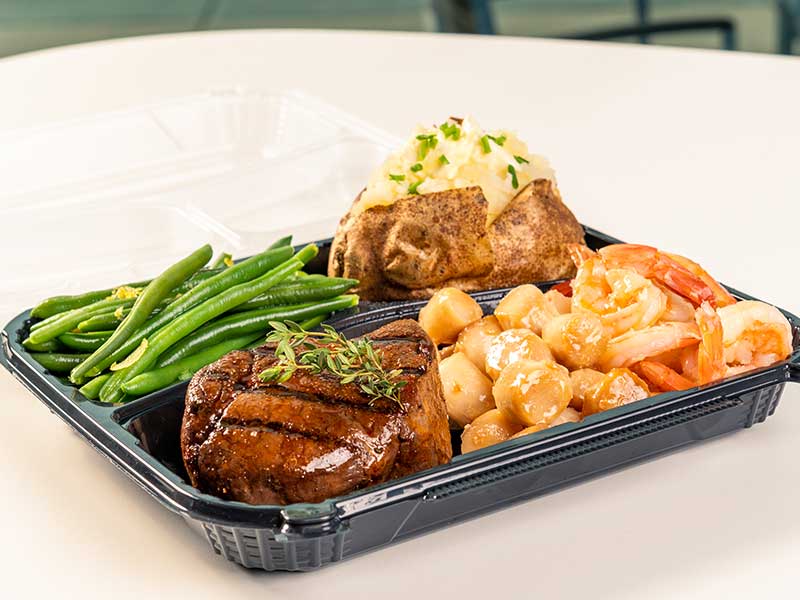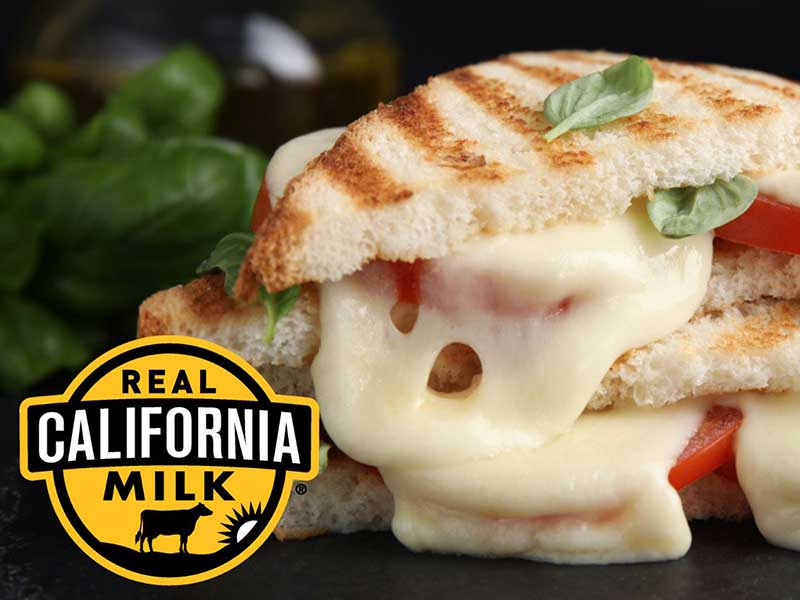Managing food cost and pricing your menu well can mean the difference between a thriving business and a struggling one. Here are some things to keep in mind as you pull out your calculator.
Food Cost
Food cost refers to the menu price of a certain dish in comparison to the cost of the food used to prepare that same dish. In other words, how much you pay for food will determine how much you need to charge for it. Generally, food cost should be around 30-35%. This means that if you pay $1.00 for something, you need to charge a minimum of $3.34.
It may seem like you are charging a lot more than necessary, but keep in mind that you aren't just paying for the food itself. You are paying someone to prepare the food, serve the food, and clean up after the food. Everything in your restaurant, from payroll to the electric bill, needs to be covered by the food you serve.
The formula for costing goes as follows: Cost of your product/.35=menu price or $8.50/.35= $24.29 $24.29 is the absolute minimum you need to charge in order to make a profit off the filet mignon dinner. Of course, $24.29 is an awkward looking number, so you might bump it up to $24.99. If you bumped it up to $29.99, your food costs would drop below 30%, which means you make a bigger profit.
Filet Mignon Dinner.
The initial cost of a filet mignon dinner can be broken down into the following areas:
- The beef filet costs you on average $6.00 per portion
- The wrap (the potato, vegetable, salad and bread that comes with the filet, as well as any condiments the guest asks for) costs $2.50
- Therefore, the entire meal costs you $8.50. If you wrapped the filet in bacon and topped it with herb butter (very tasty) your costs would increase. So, then your prices would increase.


Portion Control
One reason that chain restaurants are so successful is that they have a firm handle on portion control. The cooks in those restaurants know exactly how much of each ingredient to put in every dish. For example, shrimp scampi may have a portion control of six shrimp per dish. Therefore, every shrimp-terrino that goes out of the kitchen will have six shrimp in it, no more, no less. This is portion control.
In order to practice portion control in your own kitchen, everything should be measured out. Chicken, beef and fish should all be weighed, while shredded cheese can be stored in portion control cups and a measuring cup can dish out mashed potatoes. Once you feel comfortable cooking your menu, you can eyeball the serving amounts but in the early stages of your restaurant, err on the side of caution and measure everything out. Another way to practice portion control is to purchase pre-portioned items, such as steaks, burger patties, chicken breasts, and pizza dough. They may be more expensive, but can save you money in labor and food waste.
Menu Balance
Food markets fluctuate depending on the season, the weather and the price of gas. One day lettuce may be $10.00 a case and then the following week it has jumped to $30.00 a case. There is little you can do when prices jump, short of changing your entire menu every few weeks, and who has time for that? However, when you balance expensive items, which are prone to price fluctuations, with items that have stable prices, you can help maintain your desired food cost. So, go ahead and have some fresh lobster and beef on your menu, but temper it with some less expensively priced chicken dishes or pasta dishes.
Even franchises change their menus, in large part because of an increasingly savvy dining public. With more people going out to dinner more often, the question isn't if you're going to change your menu but when.
And Remember ...
Stay flexible when you first open. Give your menu a chance to work. After a change or new opening, allow at least a couple weeks or maybe a month to let people get familiar with your offerings, try out several different things, and establish favorites. Watch for trends at different times of the day and different meal periods. If your appetizers are selling better at lunch than at dinner, try to figure out why.
Don't get locked into a tiered menu pricing system. A tiered pricing system requires all appetizers to be $x, all entrees to be $y, and so on, with no room for change. If your appetizer list is really working well but no one is interested in ordering the crab-stuffed mushrooms, you may want to consider dropping the price by a buck or so. Be open to that possibility. Ultimately, diners determine what works and what doesn't based on their willingness to buy menu items.
Think before you adjust your pricing. In today’s economy, many restaurants are reducing prices on their menus to fill seats. While this may seem like a good short-term strategy, it is a deep hole to dig yourself out of and you could end up alienating customers in the end. Rather than re-pricing your menu, consider weekly or nightly discounted specials that are more sustainable, and easier to phase out or raise pricing for in the long run.



